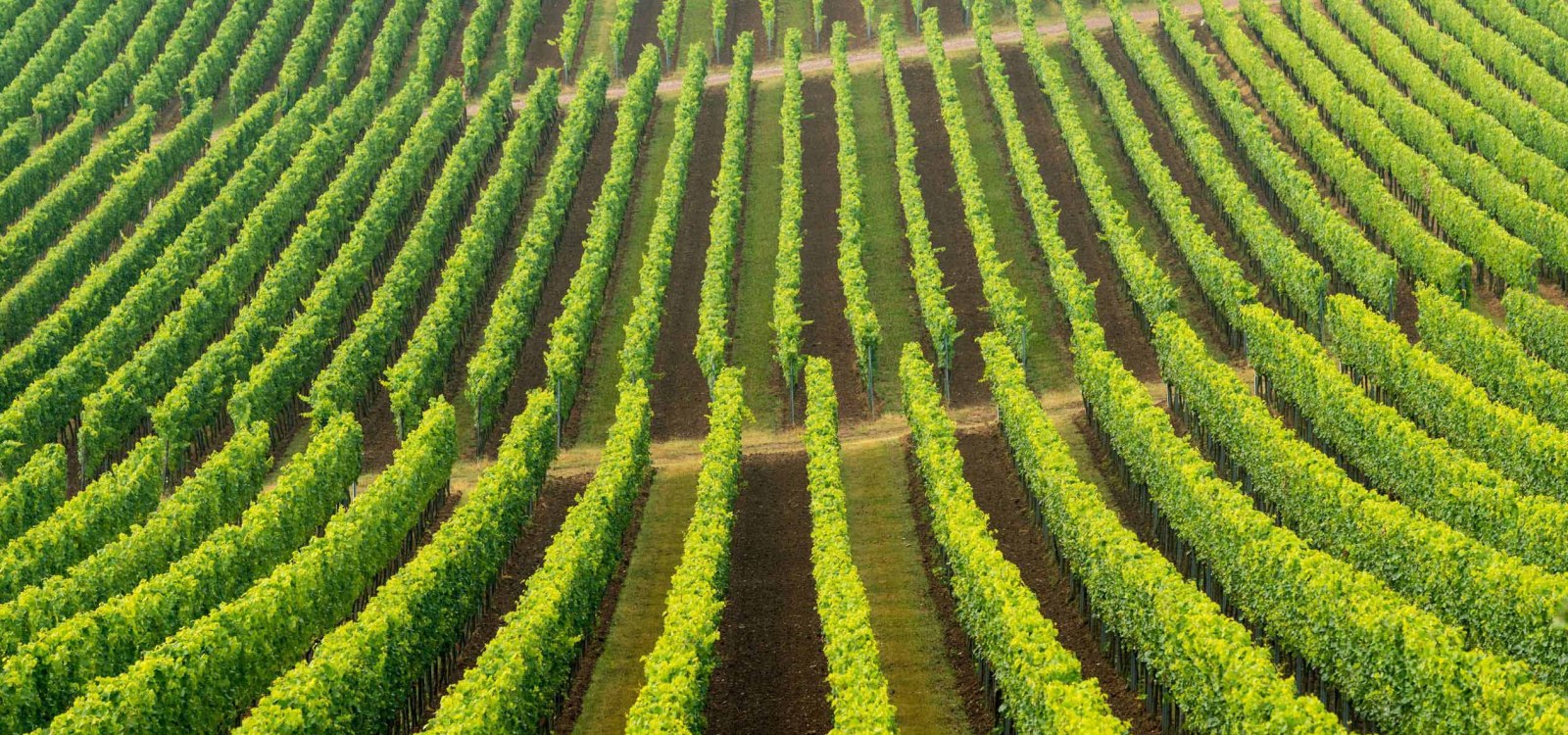Aspisheimer Johannisberg
The name is based on the ownership of the Mainz Stadtkloster St. Johannes.



The name is based on the ownership of the Mainz Stadtkloster St. Johannes.

Lime-rich clayey deposits of the teritary sea
Deep, calcareous clay soil with a high proportion of swellable clay, lower storage capacity for soil water available to plants, limited water permeability and ventilation, nutrient-rich, very calcareous, moderate warmability, difficult to root through
Full-bodied, dense, rich, moderate acidity, creamy enamel. Expressive, ripe, mango, apricot, honeydew melon, apricot. Less minerality, more fruity, full-bodied sustainability
learn more
Coastal sands, gravel and pebbles; tertiary marine deposits
Deep, gravelly, loamy sandy soil, sufficient storage capacity for plant-available soil water, drought stress in dry years, very good aeration, often poor in nutrients, slightly calcareous, good heatability due to high gravel content, limited root space
Opens up early, lively, fruity, slim, elegant. Vivid acidity, green apple, citrus, grapefruit. Drinkable early, more refreshing than mineral and profound.
learn more